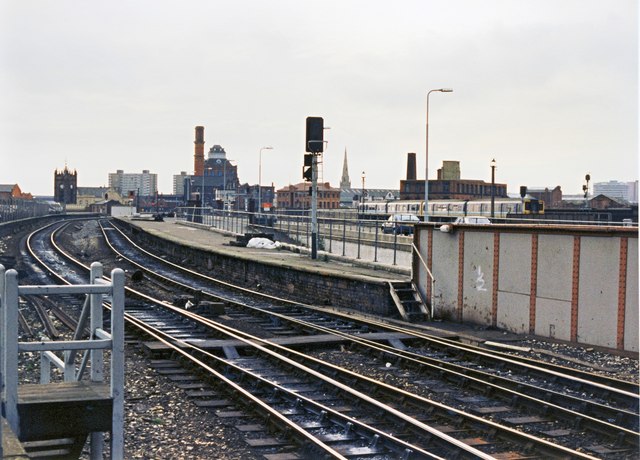montyburns56
Member
- Joined
- 5 Oct 2015
- Messages
- 172
I was just looking at some pictures of Sutton Park station which lost it's passenger service in the 60s, but stayed open for parcels/freight for another twenty years and I was thinking about what others were there? There's quite a few big ones in Manchester such as Liverpool Road and Oldham Road and smaller ones such as Baguley (Northenden) , but I can guess that the list must be pretty long?


 Shunting at Coupar Angus
Shunting at Coupar Angus Coupar Angus
Coupar Angus